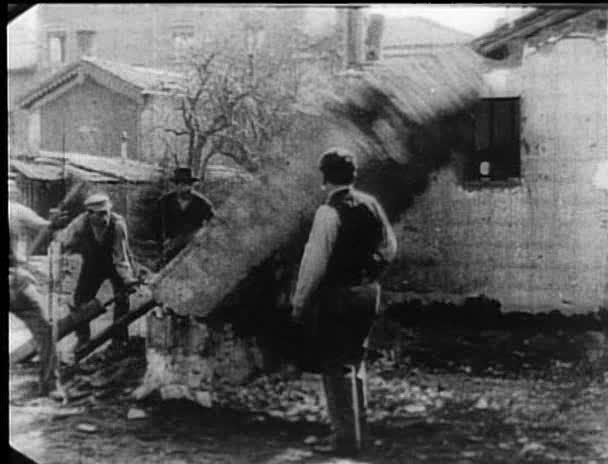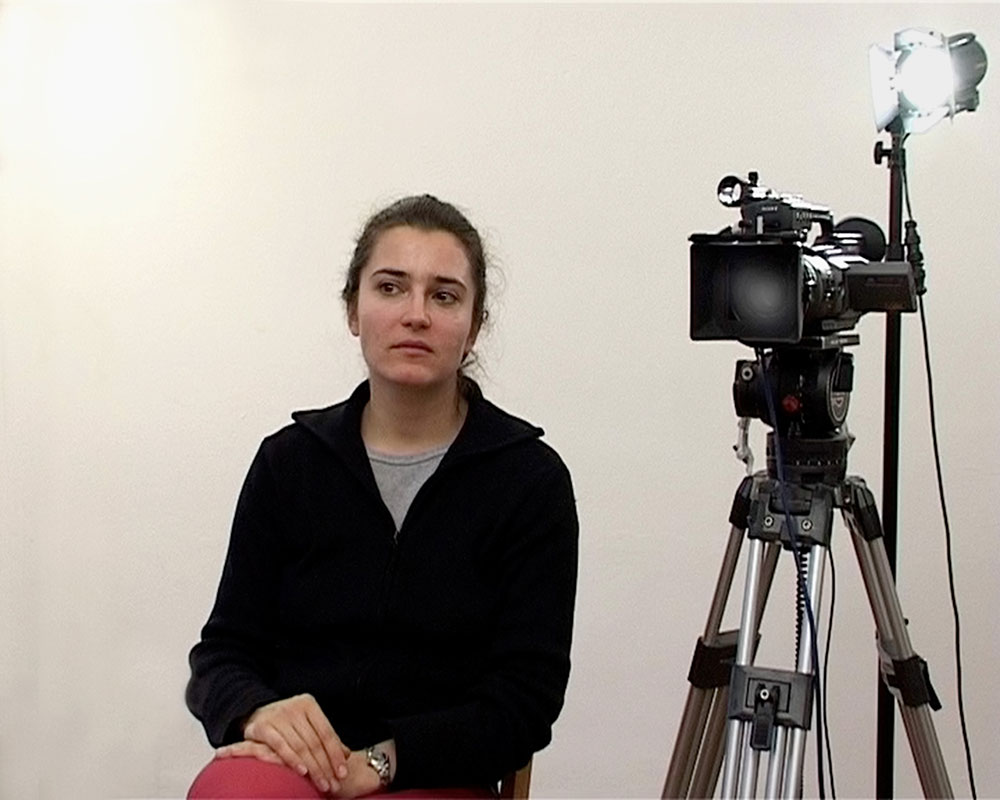Scientific Setups
Re-search: Search and search, and search again – so why not use film’s capacity to record, show and manipulate movement and to make visible/readable that which normally eludes the eye? The Lumière machine’s first film trick, relating to the demolition of a wall, is followed by Ray L. Birdwhistell’s discovery of the human mother’s pelvic thrust while looking at zoo animals and by the accelerated blossoming of a flower in the pantheistic Die Seele der Pflanzen. The present-day works Exploration and RaumZeitHund reformulate the notion of “scientific film”, extending their psychological and zoological research towards an analysis of their own tools – the experimental setup of camera, object and viewer.
Curated by Alejandro Bachmann & Alexander Horwath (Austrian Film Museum)


